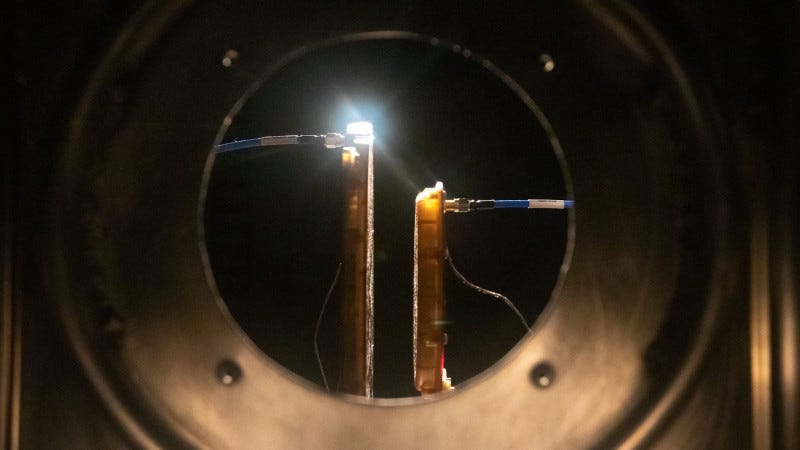Lunar Wireless Charger System Qualified for Flight
Flight Model Acceptance Testing Completed by Astrobotic
Flight model acceptance testing of the Astrobotic wireless charging system for the lunar environment has been completed, marking a major advancement in enabling sustained operations on the Moon. This technology is designed to deliver reliable, high-efficiency power transfer in the extreme conditions of the lunar surface, bringing Astrobotic closer to pr…
Keep reading with a 7-day free trial
Subscribe to The Journal of Space Commerce to keep reading this post and get 7 days of free access to the full post archives.



